Ukraine received ATACMS cluster munitions from the US, weapons that can help them attack Russian airports and supply lines deep in the rear.
Ukrainian President Volodymyr Zelensky announced on October 17 that the US had transferred the Army Tactical Missile System (ATACMS) to Ukraine as previously committed by President Joe Biden. He said the missile "has demonstrated its capability and accuracy", but did not specify the target attacked by this missile system.
US National Security Council spokeswoman Adrienne Watson later confirmed that the US had provided ATACMS missiles to Ukraine. "We believe that ATACMS will significantly enhance Ukraine's combat capability without reducing the combat readiness of the US military," she said.
The Ukrainian military released a video on October 17 showing a HIMARS multiple rocket launcher system launching three Army Tactical Missile Systems (ATACMS) from a tree line at night. This is the first time Ukraine has used this type of long-range missile, which was provided by the US, in the war with Russia.
Ukraine's HIMARS multiple rocket launcher fires ATACMS missile in video released on October 17. Video: ZSU
Experts say the ATACMS missiles were used by Ukraine to attack airports near the eastern city of Lugansk and Berdyansk in the south, near the Sea of Azov. A Moscow-appointed official in Zaporizhzhia province also announced that Russian air defenses had intercepted an ATACMS missile aimed at Berdyansk, seemingly confirming the information.
The US and Ukraine did not disclose the number of ATACMS missiles delivered, nor which variant, except that it has a range of 165 km. US media quoted two unnamed officials as saying that Washington had provided a total of 20 ACTAMS missiles to Ukraine.
Images taken of the Berdyansk airport after the attack showed many unexploded M74 submunitions on the ground. Along with information about the range of 165 km, experts believe that this is an older ATACMS variant M39.
The M39 is a cluster-munitions version of the ATACMS missile, produced in the early 1990s. It weighs nearly 2 tons, uses a solid-fuel engine, has a warhead containing 950 M74 submunitions, and is equipped with an inertial guidance system.
The missile can be fired from multiple launchers such as the HIMARS and M270 MLRS in service with the Ukrainian army. When detonated, the missile disperses submunitions over an area of nearly 110 square kilometers.
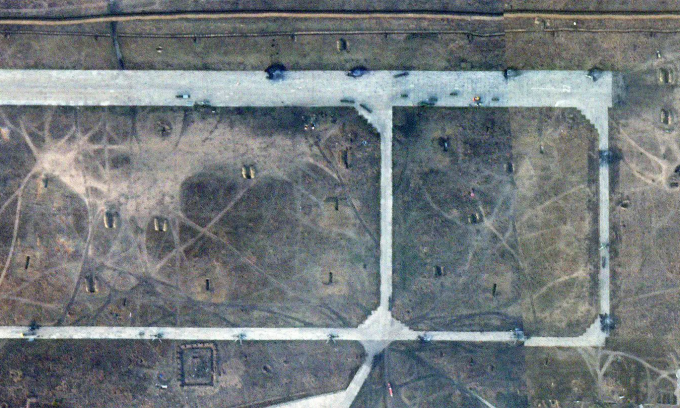
Satellite image of the airport in Berdyansk after the Ukrainian attack. Photo: Planet Lab
Although not the most modern ATACMS variant, the M39 still allows Ukraine to strike targets twice as far as the HIMARS and M270 MLRS rockets that Kiev received aid.
According to senior Ukrainian officials, the ATACMS missile will allow the country's military to disrupt supply lines, strike air bases and railway networks in Russian-controlled areas that they were previously unable to hit.
Captain Volodymyr Omelyan, former Minister of Infrastructure of Ukraine, said this is a weapon that can "change the situation on the battlefield" and save many lives of Ukrainian soldiers.
According to Joseph Trevithick, a military expert at Drive , the M39 is a ballistic missile, which can be launched at a high speed and from a high altitude. The mechanism of spreading submunitions over a wide area makes it more difficult to intercept than the weapons with single warheads that Ukraine often uses to attack the Russian rear, such as Storm Shadows/SCALPS cruise missiles, Neptune anti-ship missiles and suicide UAVs.
Also because of its wide-area lethality, the M39 is a suitable weapon for attacking targets such as airports. Trevithick believes that just a few ACTAMS are enough to destroy all the aircraft parked outdoors at the base, because when an aircraft carrying bombs explodes, it will create a chain explosion, destroying everything around.
In a series of raids on Russian airports on October 17, Ukrainian officials claimed to have destroyed a total of nine helicopters, an air defense system and an ammunition depot. A Russian fighter pilot's account, Fighter Bomber, said it was one of the "most serious blows" the country had suffered since the start of the war, stressing that Moscow had suffered "both human and technological losses."
"Most of the Russian bases in Ukraine are being threatened by a highly effective, difficult-to-intercept and widely lethal weapon," Trevithick said, adding that the M39 missile could be used to attack Russian forces in the north of the Crimean peninsula.
Fabian Hoffmann, a researcher at the University of Oslo, Norway, said that the threat from ATACMS missiles using cluster munitions will force Russia to disperse its equipment, moving planes and helicopters away from the front line, out of missile range. This reduces the effectiveness of air defense, puts more pressure on the logistics system, and affects the combat capability of the Russian Air Force.
"Russia's need to withdraw important assets to safety will significantly limit their combat capabilities. This is especially true for helicopters, short-range vehicles, and air defense systems, weapons that need to be close to the target to be effective," said expert Trevithick.
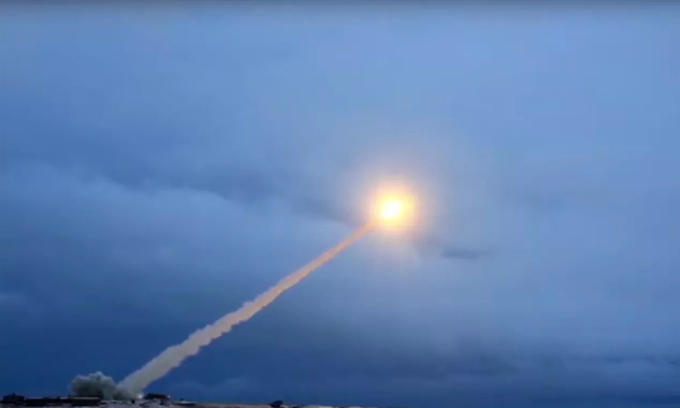
The US 18th Field Artillery Brigade test-fires a version of the ATACMS missile at Fort Bragg, North Carolina, December 2021. Photo: US Army
The Russian Air Force is a major obstacle to Ukraine’s ongoing counter-offensive. Russian helicopters and fighter jets are constantly hovering over the battlefield, making it difficult for the Ukrainian army to concentrate its forces on a specific direction of attack. Moscow’s loss of air superiority will create conditions for Kiev to accelerate its offensive in the coming time.
Despite bringing many advantages on the battlefield to Ukraine, the M39 missile still has some weaknesses. According to RT , the use of an inertial guidance system makes the M39 missile prone to errors in navigation, in which accuracy is inversely proportional to the firing distance. It also requires a long adjustment process before launch, affecting the speed of deploying the attack plan.
President Vladimir Putin admitted on October 18 that the ATACMS missiles delivered by the US to Ukraine were a "threat" to Russian forces, but asserted that the country's military could find a way to deal with them. "It will not change the situation on the front line," the Russian President stressed.
Pham Giang (According to Newsweek, Drive, Forbes, RT )
Source link


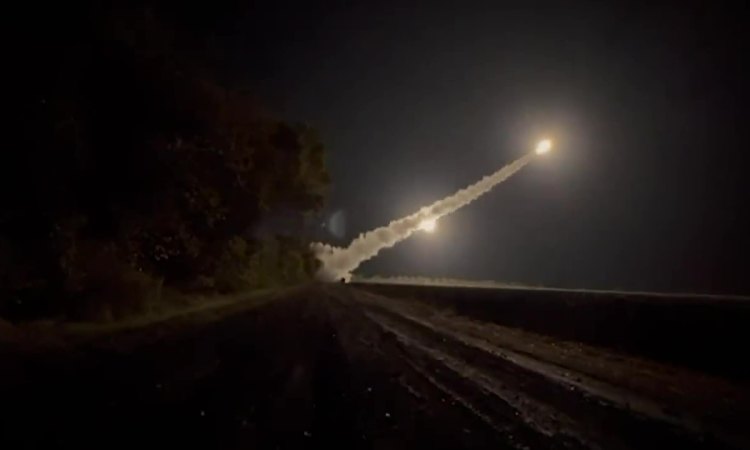
![[Photo] Comrade Nguyen Duy Ngoc holds the position of Secretary of the Hanoi Party Committee](https://vphoto.vietnam.vn/thumb/1200x675/vietnam/resource/IMAGE/2025/11/04/1762234472658_a1-bnd-5518-8538-jpg.webp)
![[Photo] The road connecting Dong Nai with Ho Chi Minh City is still unfinished after 5 years of construction.](https://vphoto.vietnam.vn/thumb/1200x675/vietnam/resource/IMAGE/2025/11/04/1762241675985_ndo_br_dji-20251104104418-0635-d-resize-1295-jpg.webp)
![[Photo] Ho Chi Minh City Youth Take Action for a Cleaner Environment](https://vphoto.vietnam.vn/thumb/1200x675/vietnam/resource/IMAGE/2025/11/04/1762233574890_550816358-1108586934787014-6430522970717297480-n-1-jpg.webp)


![[Photo] Ca Mau "struggling" to cope with the highest tide of the year, forecast to exceed alert level 3](https://vphoto.vietnam.vn/thumb/1200x675/vietnam/resource/IMAGE/2025/11/04/1762235371445_ndo_br_trieu-cuong-2-6486-jpg.webp)
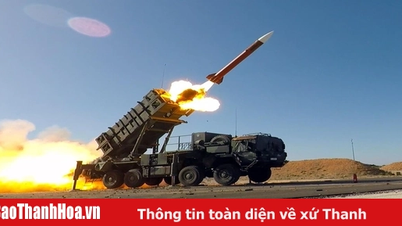







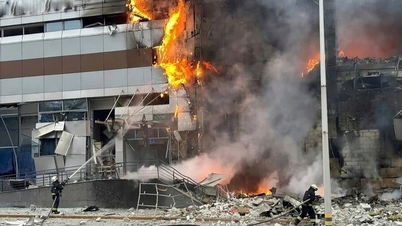



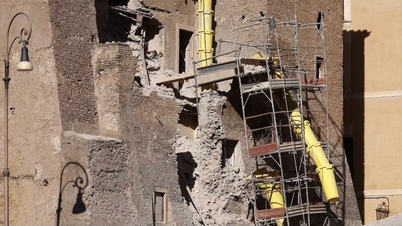
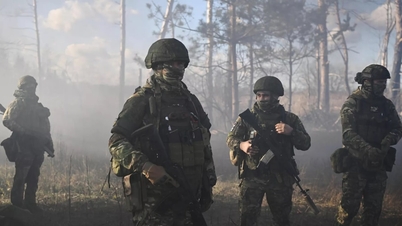

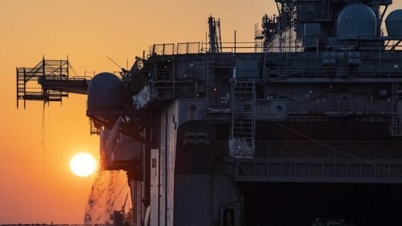






























































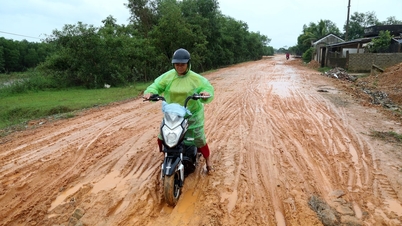






















Comment (0)